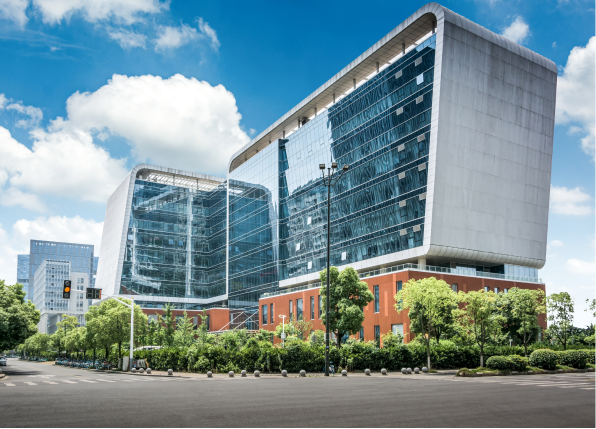Shoulder And Upper Limb Surgery
- Home
- /
- Shoulder And Upper Limb Surgery



Our Department consists of a team of highly skilled Surgeons who Specialize in the Diagnosis, Treatment and Rehabilitation of the Shoulder Joint, as well as the Bones, Muscles, Tendons, and Ligaments of the Upper Limb, including the Arm, Elbow, Wrist and Hand.
We Specialise in a Range of procedures including Arthroscopy (Keyhole Surgery), Joint Replacement and Trauma Reconstruction. Our Expert Surgeons perform these operations using Minimally-Invasive Techniques Wherever possible, Allowing our Patients to resume Normal Movement and Activity Quickly and Comfortably.
Sunrise hospitals , Experience, Expertise, Care

Quality of the Care Process, Communication, follow up, staff service.

Doctors were good and they treated my mother well..

I've just had a most enjoyable experience at Sunrise Hospital.

Dr. Nassar Yusuf provided me with expert consultation, demonstrating deep expertise and care.

The doctors and nurses and everyone cares about every patient..

Everyone on nursing duty at 3rd floor was very well behaved and very caring from admission to discharge they were truly angels on earth. Special thanks to Dr Gregory Sir and everyone who helped with the surgery..

Where Compassionate Care Meets Healing Excellence.
Your Pathway to Wellness Begins Here.